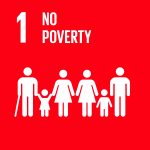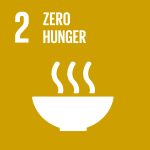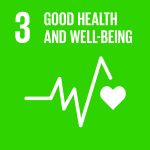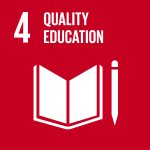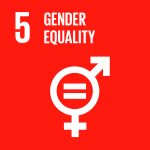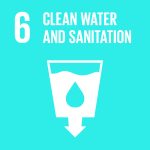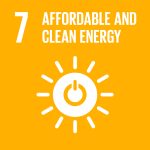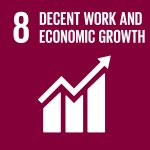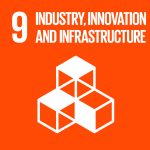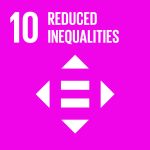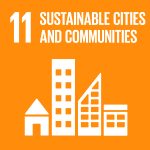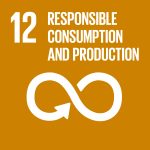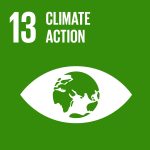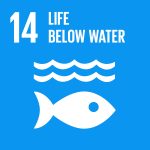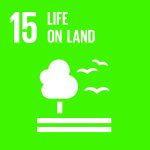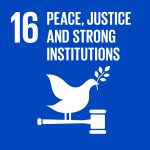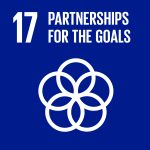Esta web utiliza cookies para que podamos ofrecerte la mejor experiencia de usuario posible. La información de las cookies se almacena en tu navegador y realiza funciones tales como reconocerte cuando vuelves a nuestra web o ayudar a nuestro equipo a comprender qué secciones de la web encuentras más interesantes y útiles.
Integration of the SDGs in a cross-Faculty interdisciplinary Masters course
Description
Institution
Organizations/areas of the university involved
Monash Sustainable Development Institute; Faculties of Science; Arts; and Business and Economics
Country
Australia
While planning and implementing a new Cross-Faculty Master of Environment and Sustainability (MES), launched in 2017, we aimed to achieve outcomes in relation to student knowledge, perception and action for the SDGs. These are:
A – Students in the MES are aware of the SDGs, their purpose, scope, indicators, evidence base, key features, and major critiques.
B – Advanced students can apply the SDGs as a practical tool for system analysis, ideation and identification of interactions, and link them to other major agendas.
C – Students view the SDGs positively, as part of their identity as a sustainable development practitioner.
D – Students take up extracurricular opportunities associated with the SDGs.
Monash is strategically committed to the SDGs. They are of global and local relevance for our diverse international cohort. They are broad, ambitious, and provide rich opportunities for academic teaching and applied interpretation. Accordingly, the SDG framework is used in a variety of ways across the Masters. Here, we highlight three specific intervention points:
1. During orientation, all new students are introduced to the SDGs. Existing students are invited to be peer mentors and share an SDG lapel pin with their mentees. This ‘anchors’ peer mentor relationships and fosters a sense of connection to cohort and the SDGs.
2. During the Masters compulsory core units ‘Perspectives on Sustainability’ and ‘Global Challenges and Sustainability’, students study the SDGs via seminars exploring the history and context of the SDGs; analysis of the Goals and Targets; deep dives into the evidence base for specific indicators; and reading academic discourse about the Goals.
3. In the advanced studies unit ‘Innovation to Influence System Change’, the SDGs inform change proposals for real-life contexts. They are used as a tool for system analysis; to support ideation; and as an evaluation tool for to examine trade-offs in change proposals.
To implement these initiatives, we undertook:
– Cross-Faculty educator meetings to discuss integration of SDGs
– Research and curriculum development for seminars, workshops and readings
– Multimedia production including interviews about the SDGs with sustainability leaders for flexible online use
– Development of SDG-based ideation and analysis tools for live classes
– Integration of SDGs in Orientation and wider extracurricular experiences
Results and impact measured or expected
Objective A above is met via prescribed activities (described above) in the compulsory core units. Evidence includes 75% of MES students in 2018 opting to focus on the SDGs for critical personal reflection, in which they wrote 400 words about the topic and its relationship with their past knowledge.
Objective B is ensured via an integrated case-study assessment in the advanced unit. SDGs feature prominently in system analysis outcomes, reporting and problem definition, ideation, and proposals for change. Students demonstrate understanding of the SDGs strategically and practically.
Objectives C and D are more anecdotally evaluated. Peer mentoring attracts a 1:2 mentor:mentee relationship per semester – very high voluntary commitment – and the SDG ‘pins’ are popularly worn around campus. MES students occupy SDG Campus Champion posts with SDSN Youth and regularly enquire about, and join, this UN-affiliated network, and take up internships associated with the SDGs at MSDI.
Connection with the SDG framework
The SDGs are explicitly used in all of the above examples. Broadly, this can be explained in several themes:
– Values and norms – the SDGs representing a ‘universal’ language, framework, and visual identity for sustainable development action and strategic alignment. This is achieved through initiatives such as the SDG pins and frequent use of SDGs visuals in presentations, materials and more, and advocating students take up extracurricular SDG-related opportunities such as events and societies.
– Academic investigation – the SDGs are examined as a key contemporary agenda that is juxtaposed against historical, and other contemporary, conceptualisations of sustainable development, building both knowledge and academic skills of students.
– Practical application – MES team educators have created original tools to encourage students to apply the SDGs in a range of contexts, with a strong focus on industry-relevant skills and recognised sustainability competencies. These include embedding SDGs in system analysis, problem definition, ideation and proposal writing.
Barriers and follow up
Two key barriers have been encountered: one to do with the breadth of the SDGs, and the other the evolving context.
– The SDGs are a broad agenda. Some Goals sit outside the scope of what our students consider ‘sustainability’, and they lack confidence and language to engage across all Goals. This is a learning opportunity, but can create disconnects in expectations between learner and educator. Carefully exploring interconnections between Goals using case studies, interactive peer discussions, and a well-measured learning pace have helped overcome this.
– Additionally, SDG discourse evolves rapidly. Critiques, reports and developments emerge weekly. Ensuring curricula remain ‘current’ requires educator time and attention, with updates needed in every yearly iteration. Soliciting regular short updates from in-the-loop practitioner and academic colleagues has mitigated the need for exhaustive ‘original’ research for educators.
Our next steps are to expand and share well-tested resources, tools and approaches across other relevant courses at Monash and beyond.
Education 4 SDG funciona gracias a WordPress

